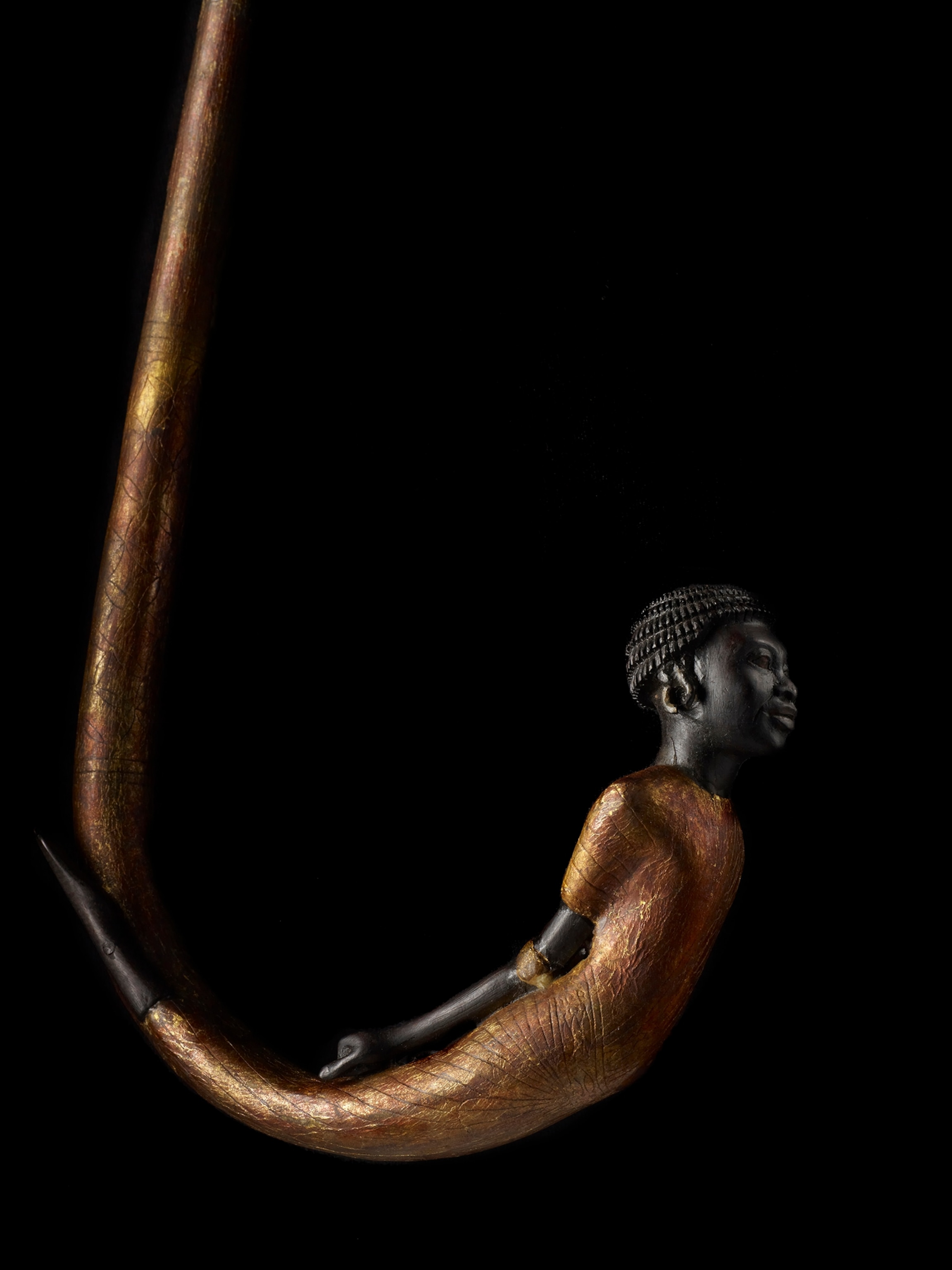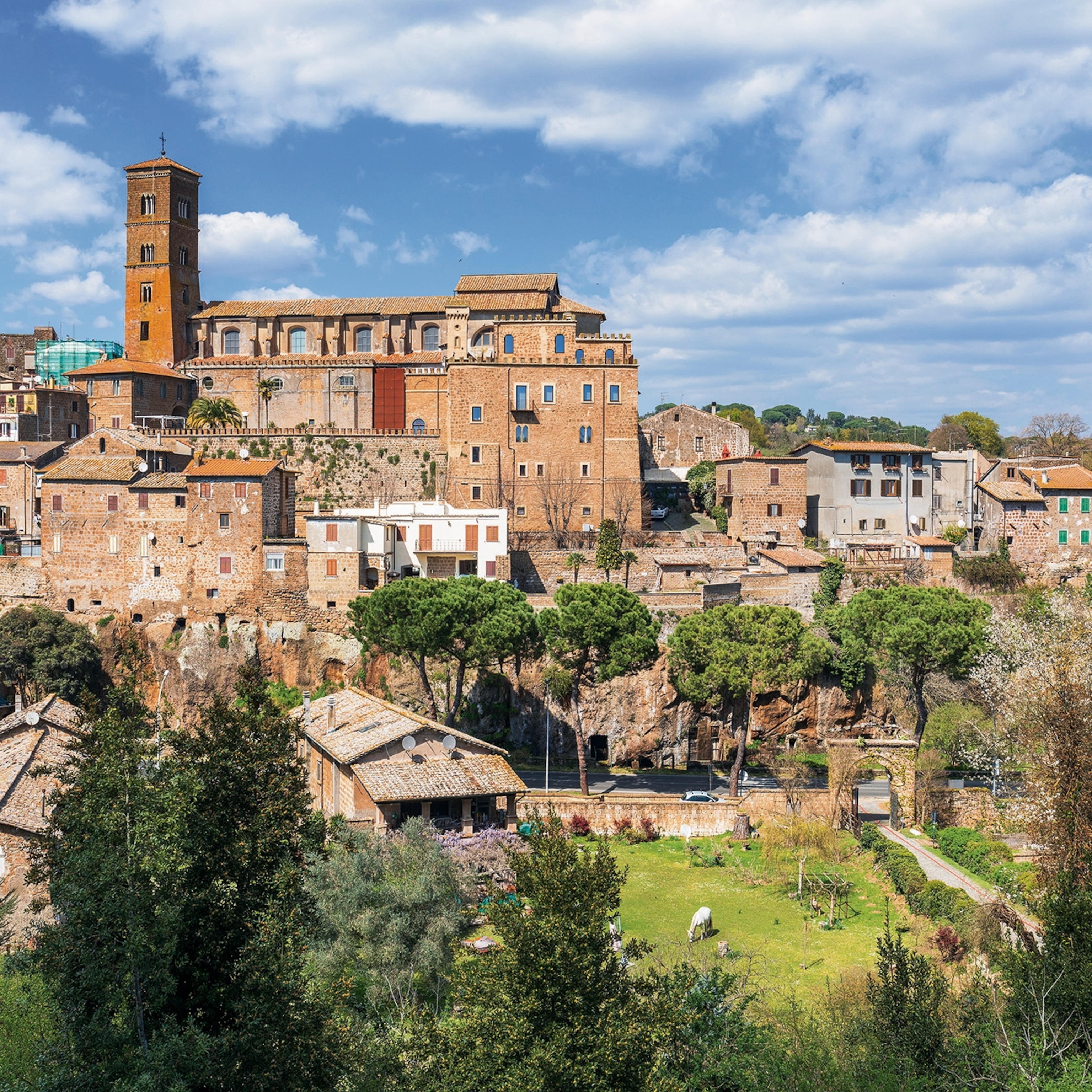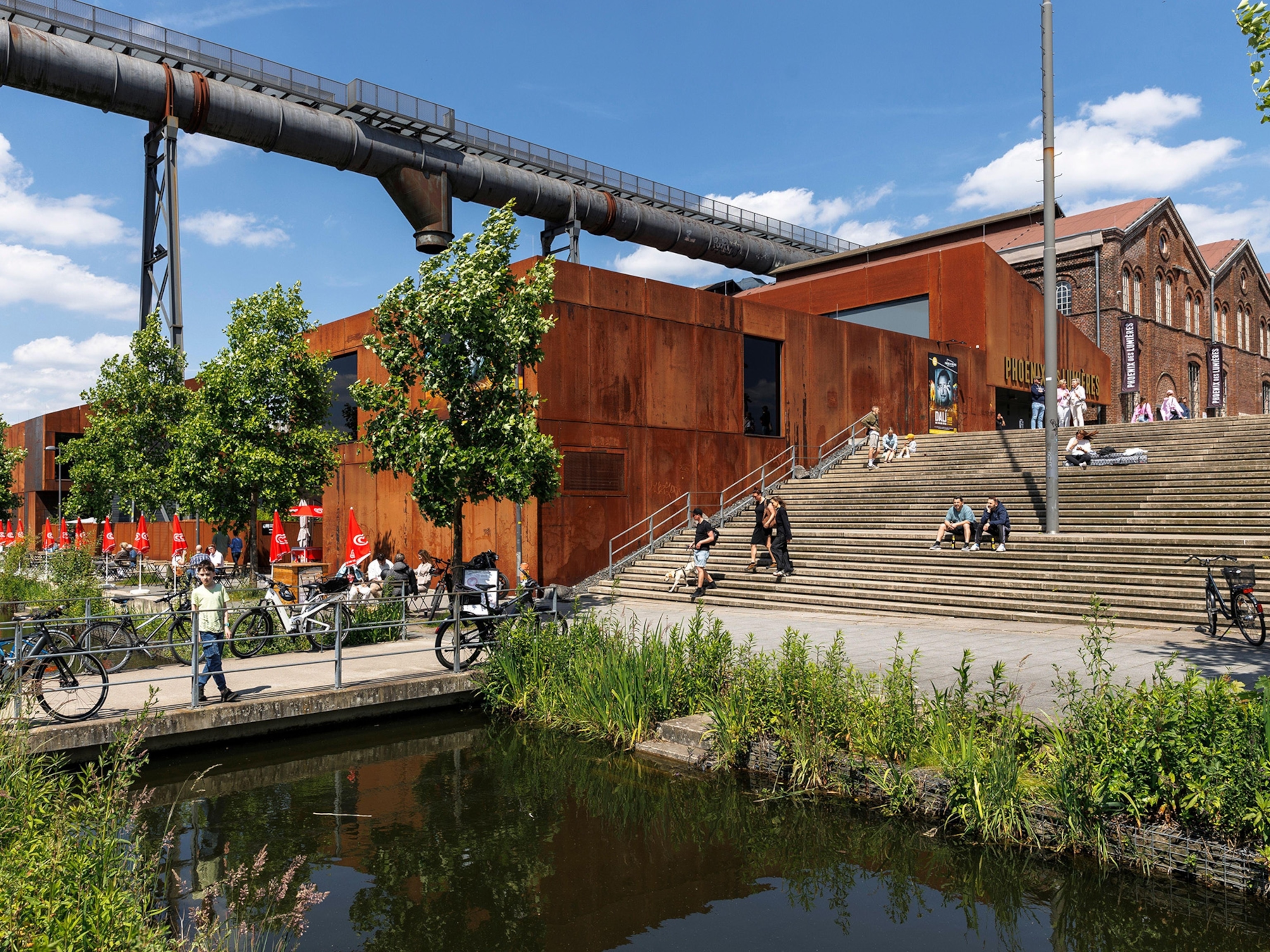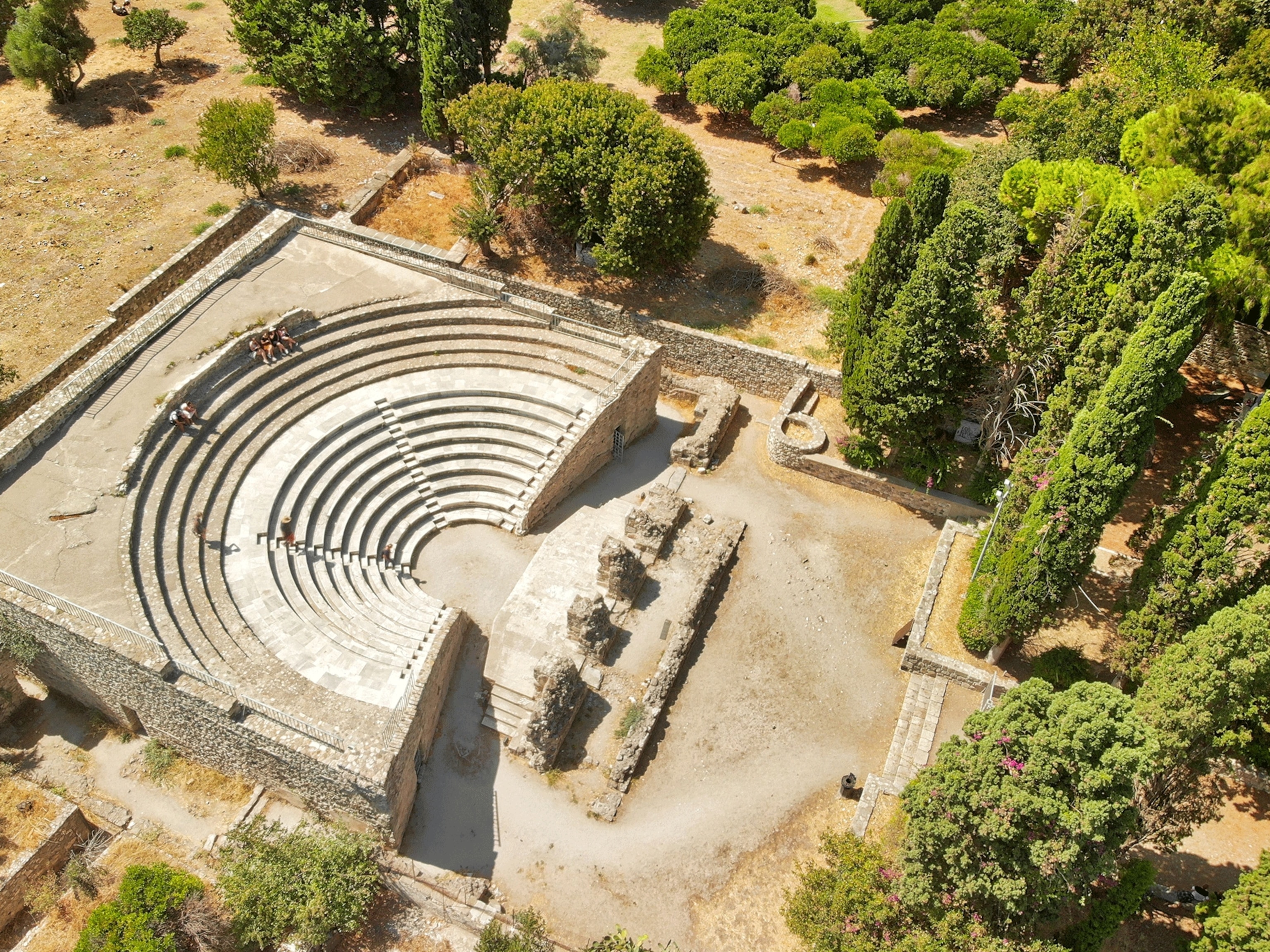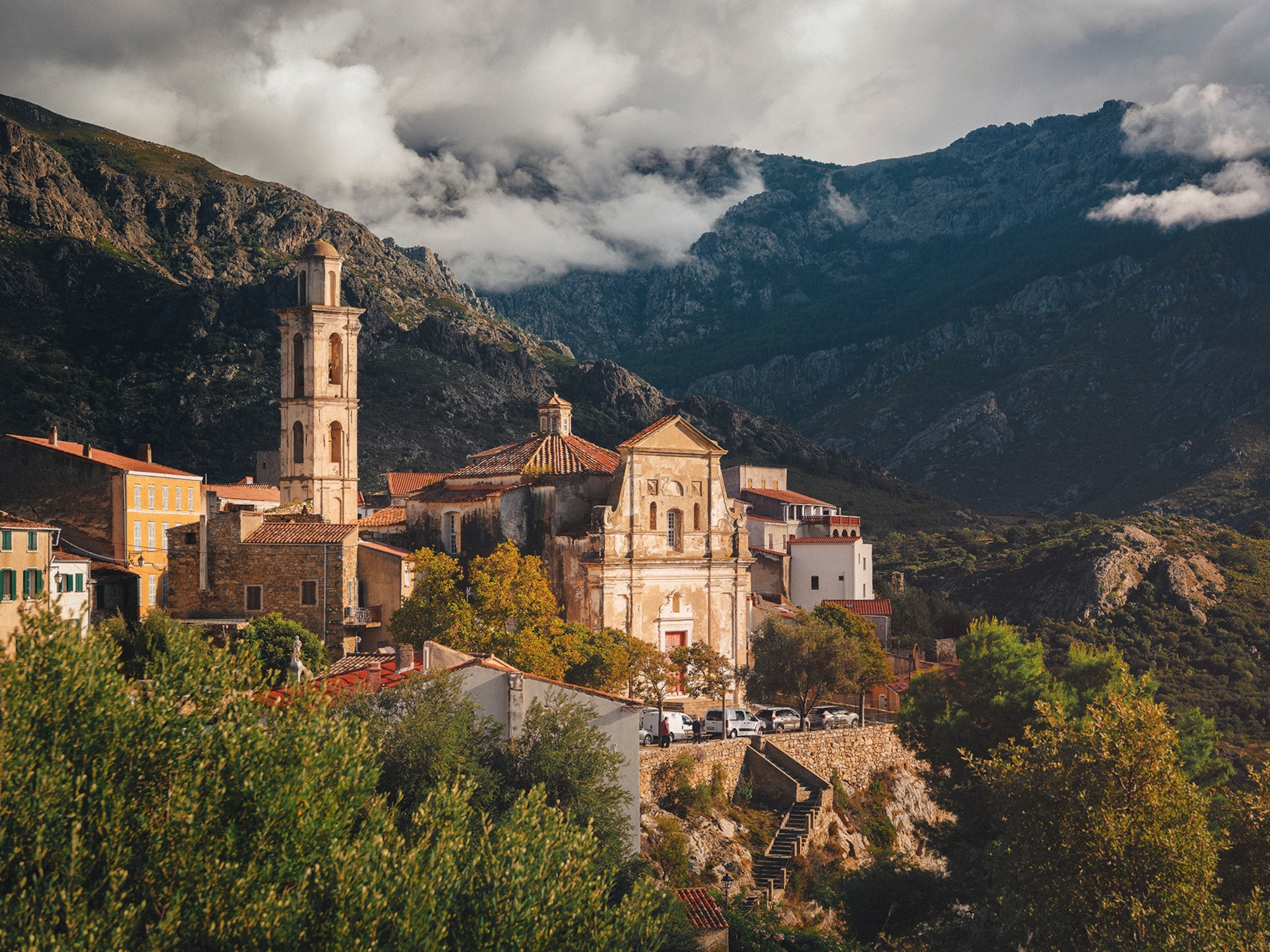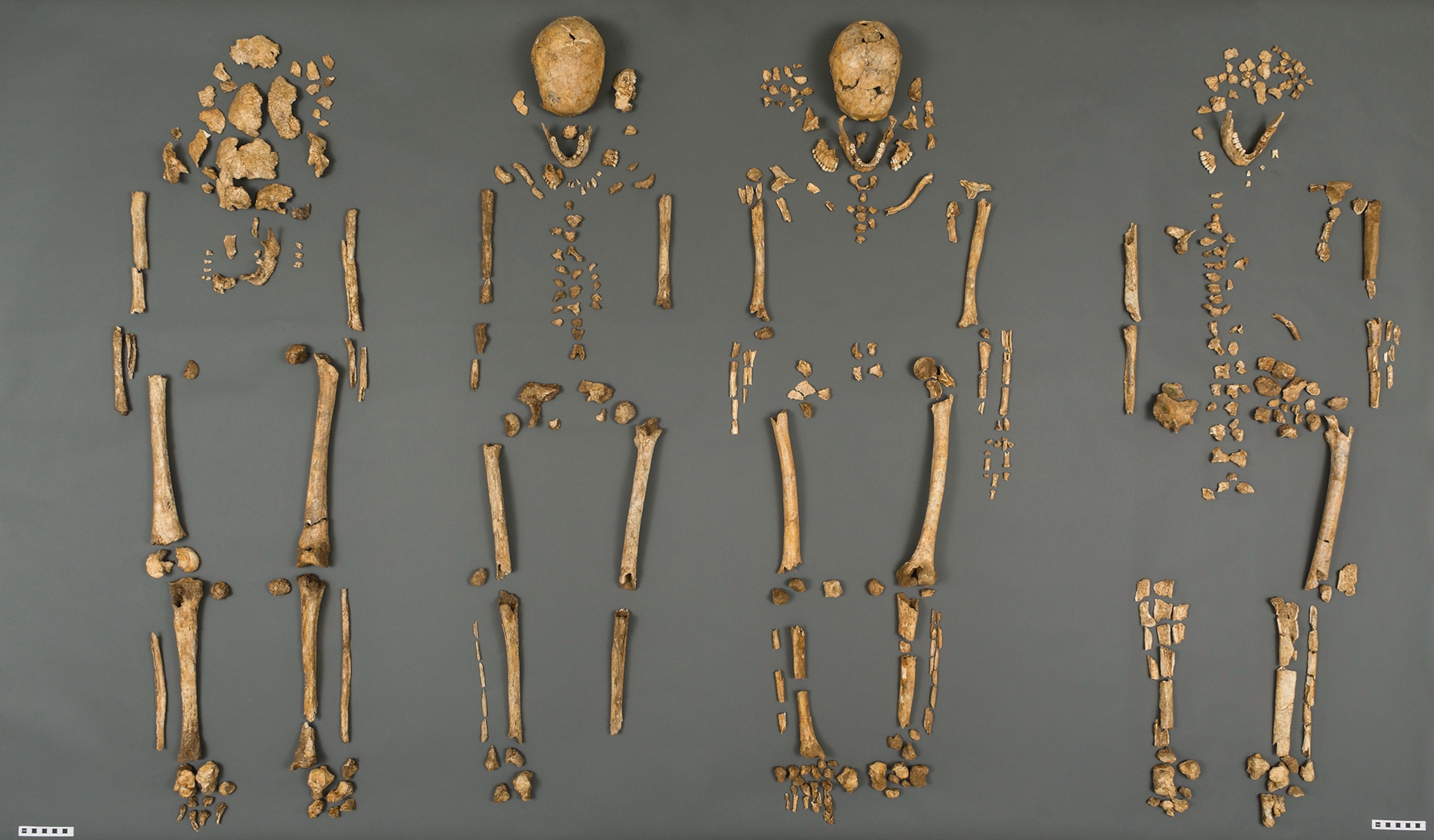
Archaeologists Identify Bodies of Lost Leaders of Jamestown
Beneath the church where Pocahontas was married are the graves of the founders of the first permanent British settlement in America.
An explorer, a nobleman, a soldier, and a chaplain: four men who might have been forgotten to history had they not been brought together to establish the first permanent British settlement in America.
And now, four hundred years later, their bodies have been identified.
The discovery was announced on Tuesday at Smithsonian’s National Museum of Natural History. A team of researchers, led by forensic anthropologist Douglas Owsley, has confirmed that four skeletons unearthed in the chancel of Jamestown’s historic 1608 church—where Pocahontas married John Rolfe—are the remains of Reverend Robert Hunt, Captain Gabriel Archer, Sir Ferdinando Wainman, and Captain William West.
“We have discovered four of the first leaders of the whole English enterprise in America,” says James Horn, president of the Jamestown Rediscovery archaeology project.
The bodies were found in 2010, when archaeologists discovered the 1608 church. They knew they had been men of stature, since burial in the chancel is traditionally reserved for the most important members of an Anglican church. Excavation of the graves began in 2013.
Although only about 30 percent of each of the recovered skeletons remained intact, the scientists were able to identify the bodies through multiple lines of evidence, including the manner in which they were buried, chemical analyses, genealogical research, and 3D imaging.
For instance, by studying the teeth of the skeletons, forensic experts were able to determine how old the men were when they died. This information was then cross-referenced with documents such as baptismal records and attendance at universities.
The teeth also provided clues on how long each of the men had lived in the settlement. Those who had been in the New World the longest had extensive tooth decay and abscesses. Owsley speculates that this was partially due to the change in diet. While in England, the men had eaten barley and wheat. In America, they switched to corn, which is a sticky carbohydrate that is more conducive to tooth decay.
The cumulative result of the research is a more nuanced picture of life, death, and religious beliefs during a crucial turning point in the settlement’s history, when it was on the brink of failure due to famine and disease.

Harsh New World
Jamestown is remembered for many historical firsts. As England’s first permanent settlement in the New World, it represented the beginning of the British Empire that would later span the globe. It marked the creation of legislative government in America, with the establishment of the Virginia General Assembly, which still convenes today. And, tragically, it was instrumental in establishing the institution of American slavery, with the arrival of African indentured servants in 1619.
Yet the most remarkable aspect of Jamestown’s history is that it managed to survive. It was a poorly planned venture from the start. The Virginia Company, which funded the settlement, didn’t include many farmers among the colonists. Instead, they were instructed to obtain food by trading with the local Indians, while focusing their efforts on the primary task of searching for precious metals. The surrounding land was marshy, ridden with mosquitoes, and lacking fresh water. The leaders bickered and vied for political power. Beset by drought and famine, the settlers at one point turned to cannibalism. Out of the 6,000 people who settled in Jamestown between 1607 and 1625, some 4,800 died from starvation and disease.
Captain Gabriel Archer, one of the four bodies identified by the archaeologists, was among Jamestown’s first settlers and first casualties. He died in late 1609 or early 1610 at the age of 34 during the “starving time”—a six-month period when 250 people perished.
Although relatively young, Archer had been a seasoned explorer. He had been part of a 1602 prospecting expedition that had sailed down the coasts of Maine, Massachusetts, and northern Virginia. In 1607, Archer had proposed establishing Jamestown at a site east of what is today called College Creek. The area had abundant wildlife, good soil and plenty of trees for timber. But his suggestion was rejected because the river channel there was too shallow to bring ships ashore. Upon settling in Jamestown, he was part of the first expedition along the James River into the interior. He showed himself to be a skilled chronicler, writing detailed accounts of the peoples and lands they encountered.
A key clue that the archaeologists had found Archer’s body was when they discovered he had been buried with a captain’s leading staff—a lancelike weapon carried by high-ranking British officers for combat and ceremonial purposes.
Even more intriguing was the discovery of a well preserved, sealed silver box placed on top of the coffin. High-resolution CT scans revealed that it was likely a Catholic reliquary, containing relics that included seven fragments of bone and two pieces of a lead ampulla, which was used to hold holy water, oil, or blood.
Had Archer been among a group of secretly practicing Catholics in the devout Protestant community? Archer’s parents had been Catholic and there are markings on one side of the box possibly depicting arrow fletchings—an apt choice for a man named Archer. Also, Archer was buried facing the congregation, a practice normally reserved for the interment of clergy. That raises the intriguing question of whether he could have been an ordained Catholic priest.
Another possibility raised by the archaeologists is that the box was possibly related to the Anglican faith—an object formerly deemed Catholic, but repurposed into a new role symbolizing the establishment of the first English Church in America.

The Chaplain, the Knight, and the Soldier
Although he died just one year after arriving in Jamestown, Reverend Robert Hunt, the chaplain of the settlement, had become one of the most beloved members of the community. He served in the role as peacemaker among the bickering leaders, with one chronicler noting, “Many were the mischiefs that daily sprung from their ignorant spirits; but the good doctrines and exhortations of our Preacher Minister Hunt reconciled them.”
Hunt also lifted the settlers’ spirits during times of deprivation. A fire that broke out in January 1608 did considerable damage to both property and possessions. "Good master Hunt lost all his library, and all that he had but the clothes on his back, yet none ever did see him repine at his loss,” noted the chronicler. “Yet we had daily Common Prayer morning and evening, every Sunday two sermons and every three months the Holy Communion till our Minister died."
Hunt’s piousness was evident in the manner he was buried. His body was wrapped in a simple shroud instead of being placed in a coffin. And, as was the tradition, he was interred facing toward his congregation.
By contrast, the affluent lifestyle of Sir Ferdinando Wainman was key to identifying his earthly remains. Wainman, the first British knight buried in America, was Jamestown’s Master of the Ordnance, which made him responsible for the settlement’s arms and armor. He was another casualty of the “starving time,” dying in 1610 at around age 34. George Percy, one of the original settlers, later wrote that Wainman’s death was “mutche Lamented beinge bothe an honeste and valyantt gentleman.”
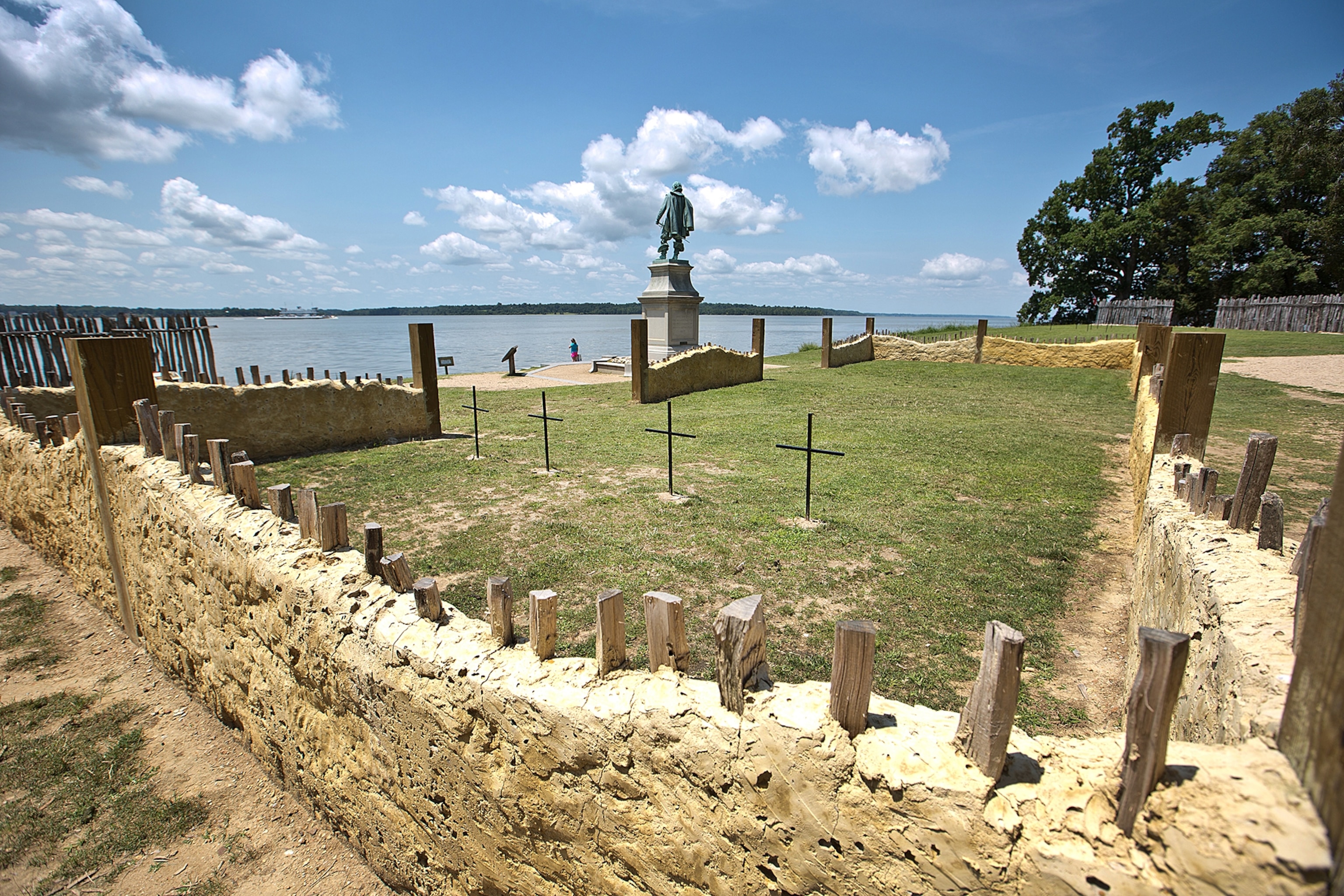
Chemical tests of Wainman’s bones revealed that he had been exposed to high levels of lead—an indication of his wealth and stature, since lead was present in pewter and glazed wares of the era. “If you're on the lower end of the socioeconomic status, the person with the wooden bowl and the wooden spoon, you actually get less contaminated by this very harsh toxin,” says Owsley.
Another clue to Wainman’s noble birth was his extravagant coffin. Although the wood had long since rotted away, the scientists studied the pattern of coffin nails in the grave and reconstructed the coffins with 3D imaging. They learned that Wainman had not been buried in the common, hexagonal-shaped coffin, but in a human-shaped coffin—an early 17th-century version of a sarcophagus.
Captain William West, a relative of Wainman, was likewise buried in an ornate coffin and had high lead content in his bones. West had been killed in 1610 at age 24 during a skirmish with Powhatan Indians at the Falls of the Jamestown River, near what is now Richmond. He had been part of an ill-fated expeditionary force whose commander was searching for precious minerals.
West’s identity was further confirmed when the archaeologists discovered the highly decayed remnants of a military leader’s sash over the skeleton’s chest area. Since the sash was too delicate to remove, it was excavated within a block of surrounding soil. A micro-CT scan revealed that it was probably made of silk and adorned with silver bullion fringe.
The scientists say that their research will continue. Genetic testing will provide more insight into the familial relationship between Wainman and West. Research about Archer’s life in England—notably, whether he was known to associate with Catholics—could provide additional clues about whether he was part of a secret religious enclave within the settlement.
“These individuals were so critical to the foundation of America as we know it today,” says Owsley. “We're sincerely interested in their lives and their stories.”
Follow Mark Strauss on Twitter.



